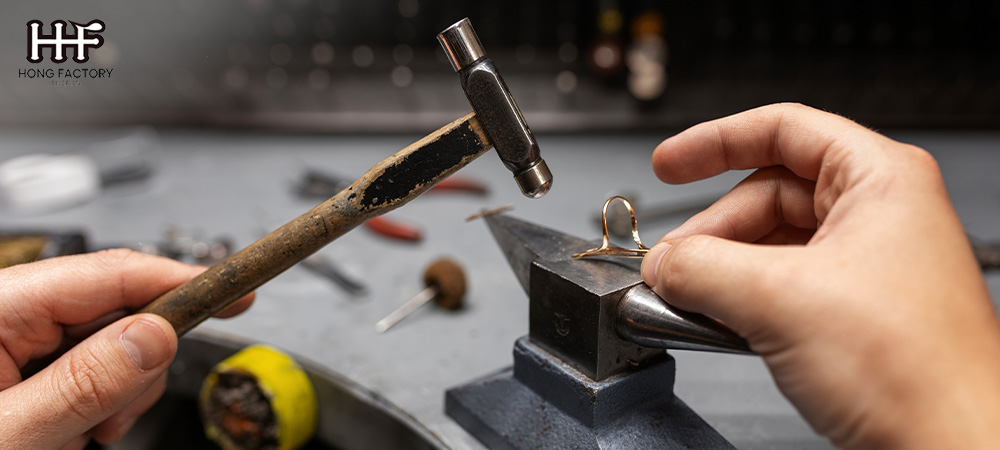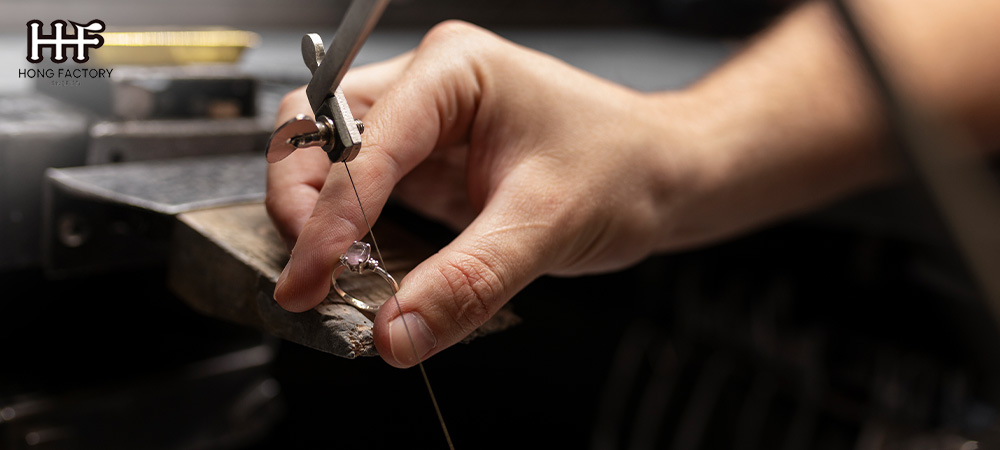Handmade silver jewelry has been a staple in fashion and culture for centuries. Its timeless appeal, unique craftsmanship, and cultural significance have made it a beloved accessory worldwide. In recent years, the global market for handmade silver jewelry has seen a significant surge, driven by consumer demand for authenticity, sustainability, and individuality. This article explores the factors contributing to the rising popularity of handmade silver jewelry in the world market, its benefits, and how it stands out in an industry dominated by mass-produced items.
The Allure of Handmade Silver Jewelry
Unique Craftsmanship
One of the primary reasons for the growing popularity of handmade silver jewelry is its unique craftsmanship. Unlike mass-produced jewelry, each piece of handmade silver jewelry is crafted with meticulous attention to detail. Artisans pour their creativity and skill into every item, ensuring that no two pieces are exactly alike. This uniqueness appeals to consumers who seek individuality and exclusivity in their accessories.
Cultural Significance
Handmade silver jewelry often carries cultural significance, reflecting the traditions and heritage of its place of origin. Many artisans incorporate traditional techniques and motifs into their designs, creating pieces that tell stories and preserve cultural heritage. This cultural richness adds depth and meaning to the jewelry, making it more than just a fashion statement.
Sustainability and Ethical Considerations
In an era where consumers are increasingly conscious of sustainability and ethical practices, handmade silver jewelry stands out as a more sustainable option. Artisans typically use environmentally friendly methods and materials, reducing the carbon footprint associated with production. Additionally, purchasing handmade jewelry supports local communities and artisans, promoting fair trade and ethical business practices.

Factors Driving the Global Demand for Handmade Silver Jewelry
Rise of E-commerce Platforms
The rise of e-commerce platforms has played a significant role in boosting the global demand for handmade silver jewelry. Online marketplaces like Etsy, Amazon Handmade, and independent artisan websites have made it easier for consumers to access unique pieces from around the world. This accessibility has expanded the market reach for artisans, allowing them to showcase their work to a global audience.
Consumer Preference for Authenticity
Modern consumers are increasingly seeking authenticity in their purchases. They value products that tell a story and have a personal touch. Handmade silver jewelry fits this preference perfectly, as each piece is crafted with care and carries the artisan’s signature style. This desire for authentic products has driven consumers away from mass-produced items toward handmade alternatives.
Influence of Social Media
Social media platforms like Instagram and Pinterest have become powerful tools for promoting handmade silver jewelry. Artisans can showcase their creations to a vast audience through visually appealing posts and engaging content. Influencers and celebrities often endorse handmade jewelry, further driving its popularity among fashion-conscious consumers.
Benefits of Choosing Handmade Silver Jewelry
Quality and Durability
Handmade silver jewelry is renowned for its quality and durability. Artisans use high-quality materials and pay close attention to detail during production, ensuring that each piece is built to last. Unlike mass-produced items that may compromise on quality to cut costs, handmade jewelry offers long-lasting value.
Customization Options
One of the standout features of handmade silver jewelry is the ability to customize pieces according to individual preferences. Many artisans offer customization options, allowing customers to choose specific designs, stones, or engravings. This personalization enhances the sentimental value of the jewelry, making it a cherished possession.
Supporting Local Artisans
Purchasing handmade silver jewelry supports local artisans and small businesses. It helps sustain traditional craftsmanship and provides livelihoods for skilled artisans who rely on their craft for income. By choosing handmade over mass-produced items, consumers contribute to preserving cultural heritage and supporting sustainable economic development.

Challenges Faced by Artisans in the Global Market
Competition with Mass-Produced Jewelry
Despite its growing popularity, handmade silver jewelry faces stiff competition from mass-produced alternatives. Large-scale manufacturers can produce items at a lower cost due to economies of scale, making it challenging for artisans to compete on price alone. However, artisans can differentiate themselves by emphasizing quality, uniqueness, and ethical practices.
Intellectual Property Concerns
Artisans often face challenges related to intellectual property rights. With their designs easily accessible online, there is a risk of imitation by larger companies or individuals looking to capitalize on popular styles. Protecting intellectual property can be costly and time-consuming for small-scale artisans.
Navigating International Markets
Expanding into international markets presents logistical challenges for artisans. Shipping costs, customs regulations, and currency fluctuations can impact profitability. However, partnering with established e-commerce platforms or collaborating with international retailers can help mitigate these challenges.
How Artisans Can Thrive in the Global Market
Embracing Digital Marketing Strategies
To thrive in the global market, artisans must embrace digital marketing strategies. Building an online presence through social media platforms, creating engaging content, and utilizing search engine optimization (SEO) techniques can help increase visibility and attract potential customers worldwide.
Building Strong Brand Identity
Establishing a strong brand identity is crucial for standing out in a competitive market. Artisans should focus on conveying their unique story, values, and craftsmanship through branding efforts. A compelling brand narrative can resonate with consumers seeking authenticity and individuality.
Collaborating with Influencers and Retailers
Collaborating with influencers or partnering with established retailers can provide valuable exposure for artisans. Influencers can introduce handmade silver jewelry to their followers through authentic endorsements or collaborations while partnering with retailers can expand distribution channels.
The Future of Handmade Silver Jewelry in the World Market
The future looks promising for handmade silver jewelry as consumer preferences continue shifting toward authenticity, sustainability, and individuality. As more people recognize its unique value proposition compared to mass-produced alternatives—handcrafted quality combined with cultural significance—the demand will likely grow further.
Artisans who adapt effectively by leveraging digital marketing strategies while maintaining high-quality standards will be well-positioned for success in this evolving landscape—ensuring that handmade silver jewelry continues shining brightly within both local communities worldwide markets alike!
Conclusion
Handmade silver jewelry shines brightly in the world market due to its unique appeal, affordability, cultural significance, and alignment with sustainable practices. As consumers continue to seek distinctive pieces that reflect their personal style while supporting ethical production methods, the demand for handmade silver jewelry is set to grow. Artisans and manufacturers who embrace innovation while preserving traditional craftsmanship will be well-positioned to thrive in this dynamic market landscape.

